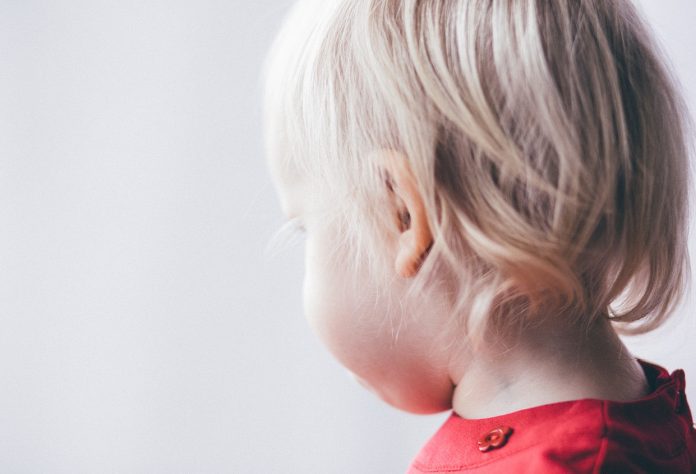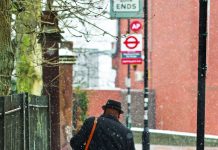
Children experience sound in their environment every day. Normally, these sounds are at safe levels and won’t damage their hearing. However, it’s not unusual for toys to be noisy enough to risk your child’s hearing health. One of the most common causes of noise-induced hearing loss is repeated and extended exposure to loud noises. Safe and harmful sound levels are highly dependent on how long and how often your child is exposed to noises.
In general, sounds 85 dB and below are in the safe zone while sounds above 85 dB can start to cause damage inside the ear. Eighty-five decibels is like loud traffic. Eighty decibels is like an alarm clock or garbage disposal. Remember, the decibel scale is logarithmic, so seemingly small changes, are actually a large change in the amount of sound you are exposed to.
The consequences of hearing loss can be particularly devastating for children. The Center for Disease Control and Prevention report that even a small degree of hearing loss can affect a child’s speech and language comprehension. According to The American Speech-Language-Hearing Association (ASHA), “children with hearing loss have difficulty with all areas of academic achievement, especially reading and mathematical concepts. Children with mild to moderate hearing losses, on average, achieve one to four grade levels lower than their peers with normal hearing.”
In Canada, the Canadian Consumer Product Safety Act states that a toy, “must not make or emit noise of more than 100 dB when measured at the distance that the toy would ordinarily be from the ear of the child who is using it”. This is equivalent to a motorcycle or lawnmower. Unfortunately, small children don’t always play with toys in their intended manner. When a toy is brought close to the ears, the danger is even greater, as the decibel level can increase to 120dB, versus 100dB, which is equivalent to the sound of a jet engine on take-off.
In 2006, the Canadian Association of Speech-Language Pathologists and Audiologists lobbied members of Parliament and Health Canada to decrease the 100dB limit, however guidelines have not changed. Here are some tips to help keep your kids safe:
- The Sight & Hearing Association releases an “Annual Noisy Toys List” which is available on-line.
- Listen to a toy before you purchase it. If it sounds loud at arm’s length, it will be louder at close range in your child’s hands.
- There are free apps to download on your phone that measure decibels – search for “decibel meter.”
- Look for toys with volume controls and on/off switches.
- Supervise your child when they are playing with a loud toy. Move the toy further away as doubling the distance will significantly lower the decibels. Teach them to keep it away from their ears and face.
- Limit the amount of time allowed with the toy.
The key to keeping your child hearing healthy is knowing how much loud sound they’re exposed to. A ‘noise diet’ can protect their hearing from future problems.








